Decoding the Craftsmanship: The Making of Kanjivaram Silk Sarees
Crafting the illustrious Kanjivaram silk sarees is a delicate art that requires a blend of expertise, creativity, and a deep understanding of traditional weaving techniques. Each step of the process is a testament to the dedication of the artisans, and the resulting sarees are cherished for their intricate designs, vibrant colors, and luxurious texture, making them a symbol of opulence and elegance.
The Exquisite Craftsmanship of Kanjivaram Silk Sarees
Kanjivaram silk sarees, also known as Kanchipuram sarees, originate from the town of Kanchipuram in Tamil Nadu, India. These sarees are renowned for their exceptional quality, unique designs, and the use of pure mulberry silk, which lends them a distinct luster and durability. The craftsmanship involved in their creation has been perfected over centuries, resulting in an art form that is revered both within India and across the globe.
Step 1: Selection of Fine Silk
The process of making Kanjivaram silk sarees begins with the careful selection of the finest mulberry silk. The artisans meticulously inspect the silk for its texture, strength, and natural sheen, ensuring that only the highest quality silk is used for crafting these exquisite sarees. The emphasis on using superior silk is integral to achieving the characteristic richness and elegance that Kanjivaram sarees are known for.
Step 2: Designing and Dyeing
Once the silk is selected, skilled craftsmen proceed to dye the threads using natural, vibrant hues. The designing phase involves intricate planning and drawing of patterns inspired by traditional motifs, nature, and cultural symbols. This stage showcases the artistry and creativity of the weavers, as they meticulously incorporate age-old designs with contemporary elements to create sarees that reflect the essence of Indian culture and heritage.
Step 3: Impeccable Weaving Techniques
The weaving process is the heart of Kanjivaram silk saree production and demands the highest level of skill and precision. Expert weavers, often following techniques passed down through generations, meticulously weave the dyed silk threads on traditional handlooms. Their keen attention to detail and their ability to bring complex designs to life on the fabric is what distinguishes Kanjivaram sarees from other types of silk sarees. The weaving process is not merely a technical skill; it is an art form that requires patience, dedication, and a deep understanding of the craft's intricacies.
Step 4: Zari Embellishments
To add an extra layer of opulence and grandeur, artisans intricately weave zari into the saree. Zari, typically made of fine gold or silver threads, is skillfully incorporated into the fabric, enhancing the overall beauty and elegance of the saree. This delicate process requires precision and meticulous attention to detail, as the placement of the zari can significantly impact the final look and feel of the saree.
Upholding a Legacy: The Essence of Tradition
The tradition of weaving Kanjivaram silk sarees is deeply rooted in the cultural heritage of India. It is a craft that has been passed down through generations, with each weaver adding their own touch of creativity and skill to the process. The preservation of this legacy is not just about continuing a tradition; it is about honoring the rich cultural heritage of the region and keeping alive the art form that has defined the identity of Kanchipuram for centuries.
Embracing Elegance: A Timeless Symbol of Grace
Kanjivaram silk sarees have transcended their traditional roots to become a symbol of grace and elegance worldwide. They are not just garments; they are works of art that exemplify the richness of Indian culture and heritage. The luxurious texture, vibrant colors, and intricate designs make Kanjivaram sarees a sought-after choice for weddings, festive occasions, and special celebrations. Their timeless appeal and enduring beauty have made them a staple in the wardrobes of women who appreciate the finer things in life and value the artistry and craftsmanship behind every piece.
Preserving a Heritage: Nurturing the Craft
In an era where modernization and technology often overshadow traditional craftsmanship, preserving the art of Kanjivaram silk saree weaving has become a crucial endeavor. Various initiatives have been launched to support the weaver communities, provide them with access to better resources and training, and promote the sustainability of the craft. These efforts not only ensure the livelihood of the artisans but also contribute to the preservation of an art form that is an integral part of India's cultural heritage.
The Elegance Continues: A Timeless Tradition in Modern Times
Despite the changing landscape of the fashion industry, Kanjivaram silk sarees have retained their charm and popularity. They have adapted to modern sensibilities by incorporating contemporary designs and patterns while staying true to their traditional roots. The ability of Kanjivaram sarees to blend the old with the new is a testament to the versatility and timelessness of this art form, making it a cherished attire not just in India but across the world.
Conclusion: A Tapestry of Art and Tradition
The craft of creating Kanjivaram silk sarees is a labor of love and a celebration of the rich cultural heritage of India. It is a fusion of art and tradition, where every intricate detail reflects the passion, dedication, and skill of the artisans involved. Each Kanjivaram silk saree is not just a piece of clothing; it is a masterpiece that embodies the soul of the weaver, the essence of Indian culture, and the timeless elegance that continues to allure generations across the globe.
By preserving and honoring the legacy of Kanjivaram silk sarees, we not only safeguard an ancient craft but also pay homage to the artisans whose expertise and dedication have kept this art form alive for centuries. As we celebrate the beauty and intricacy of Kanjivaram silk sarees, we acknowledge the cultural richness and artistic excellence that continue to define the legacy of this revered Indian tradition.

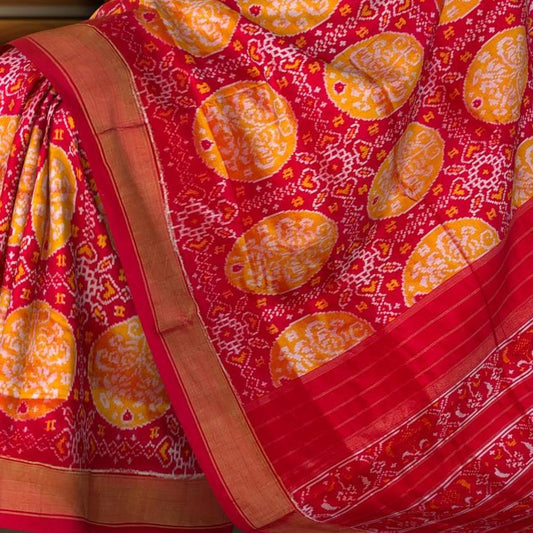
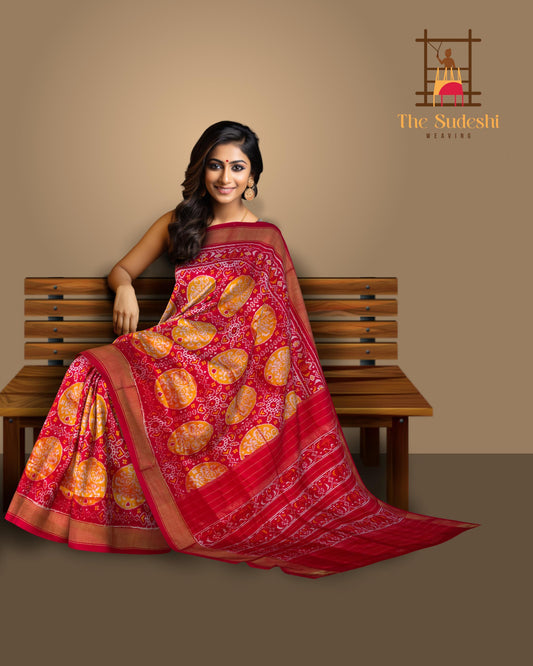
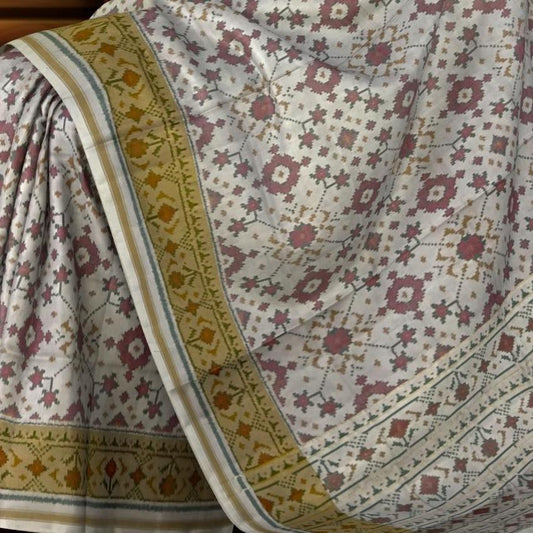
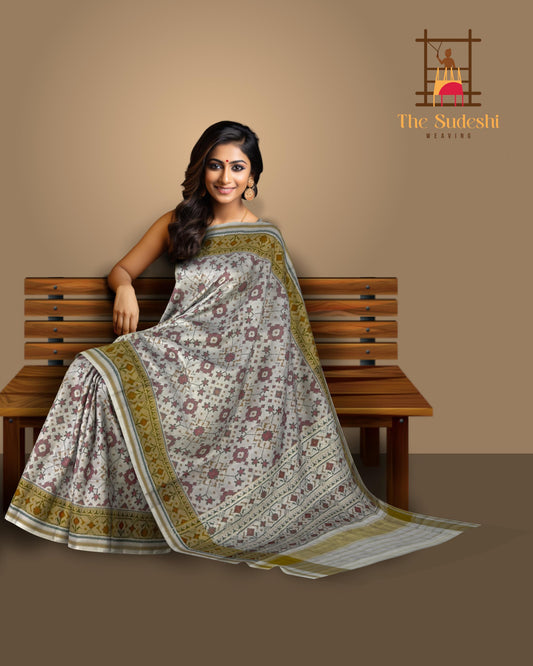
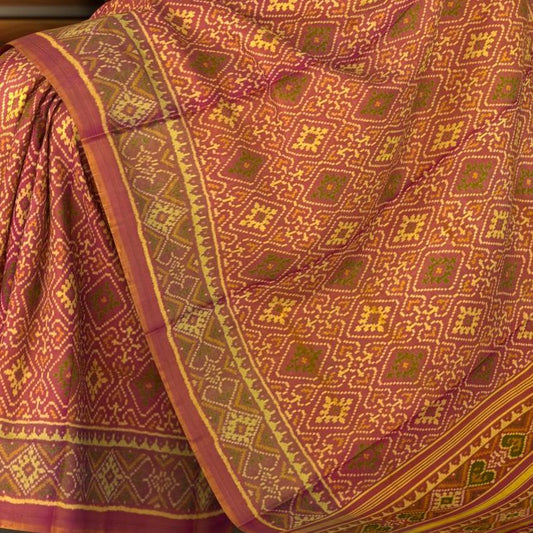
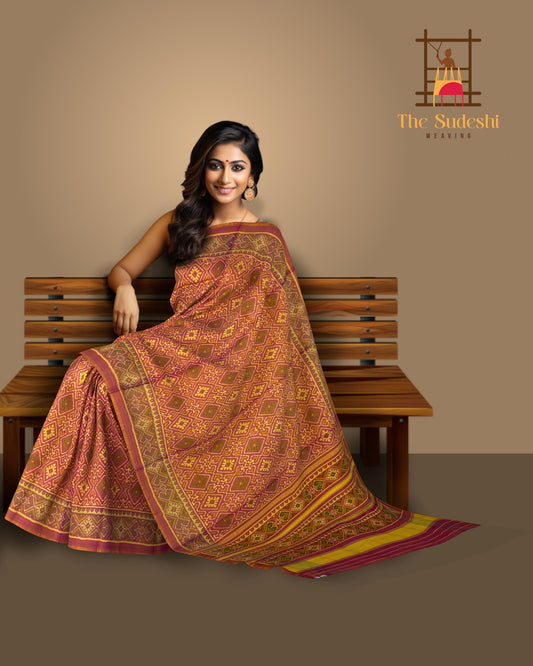
Leave a comment
Please note, comments need to be approved before they are published.